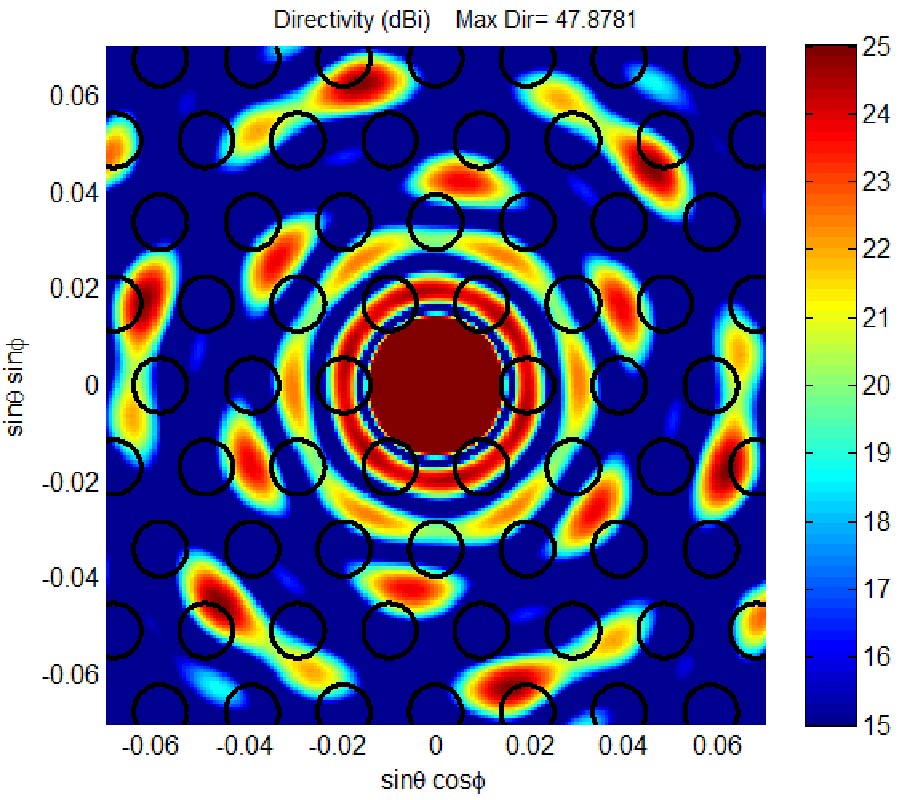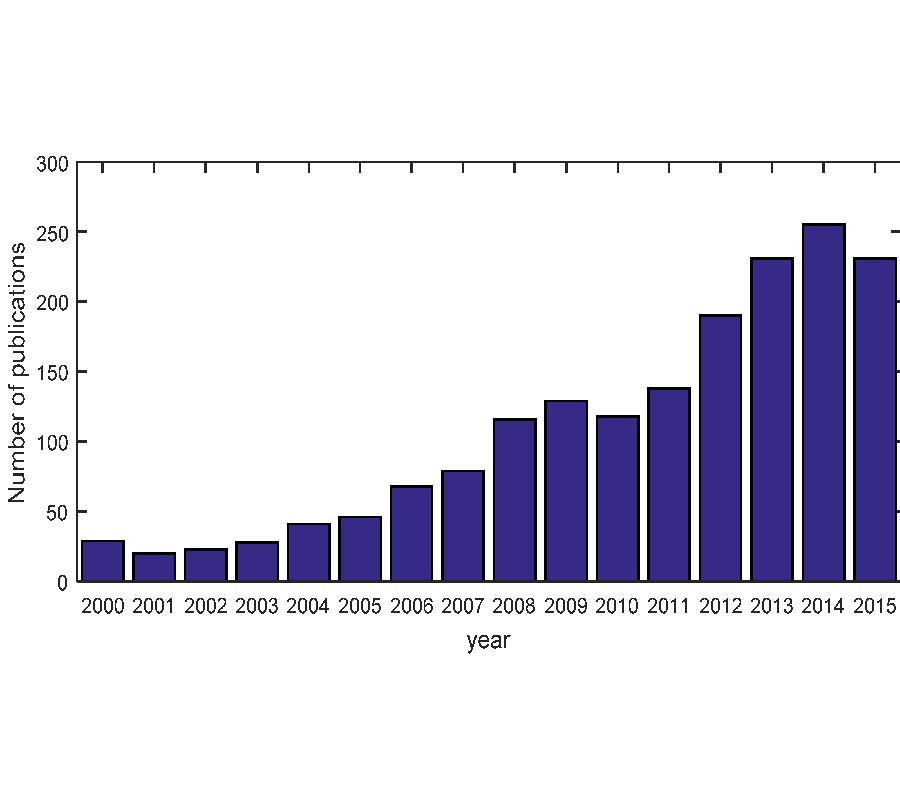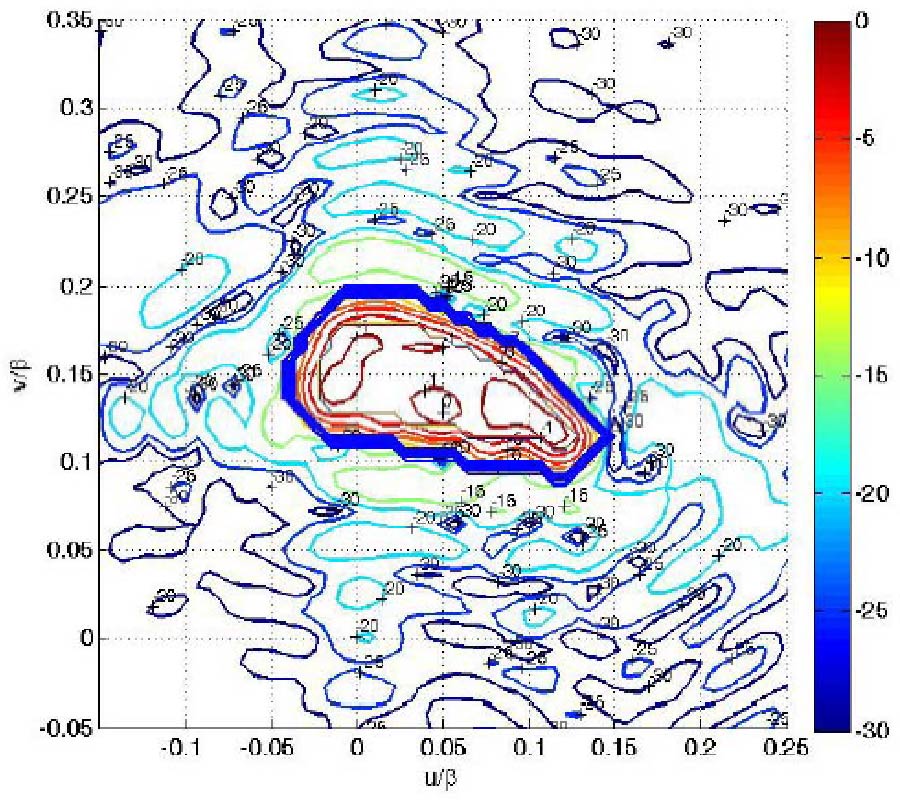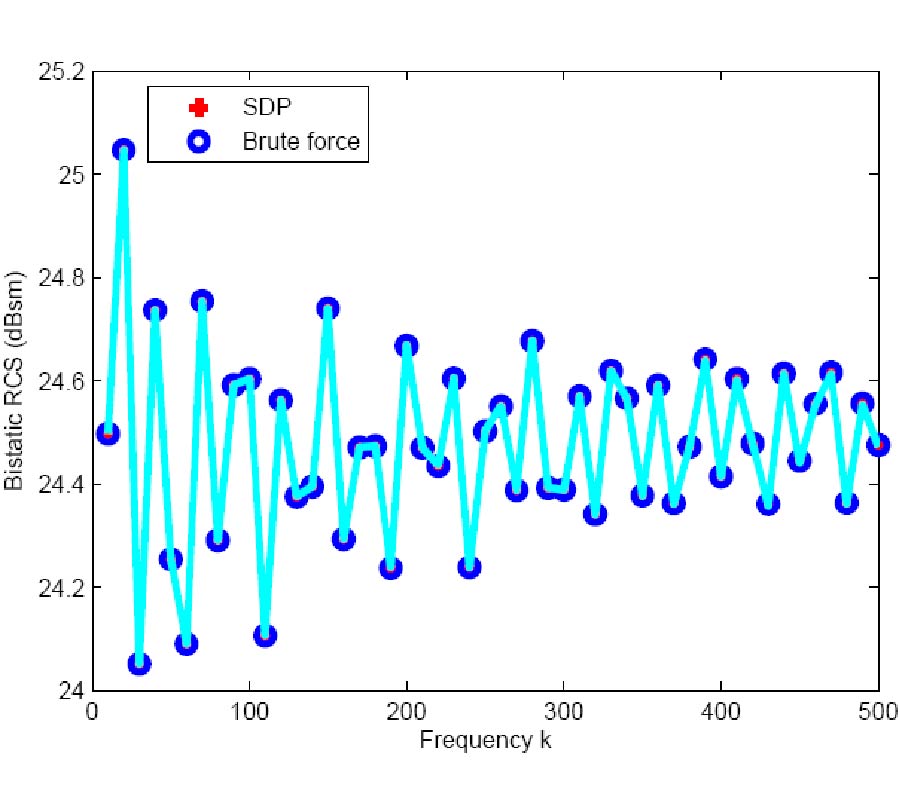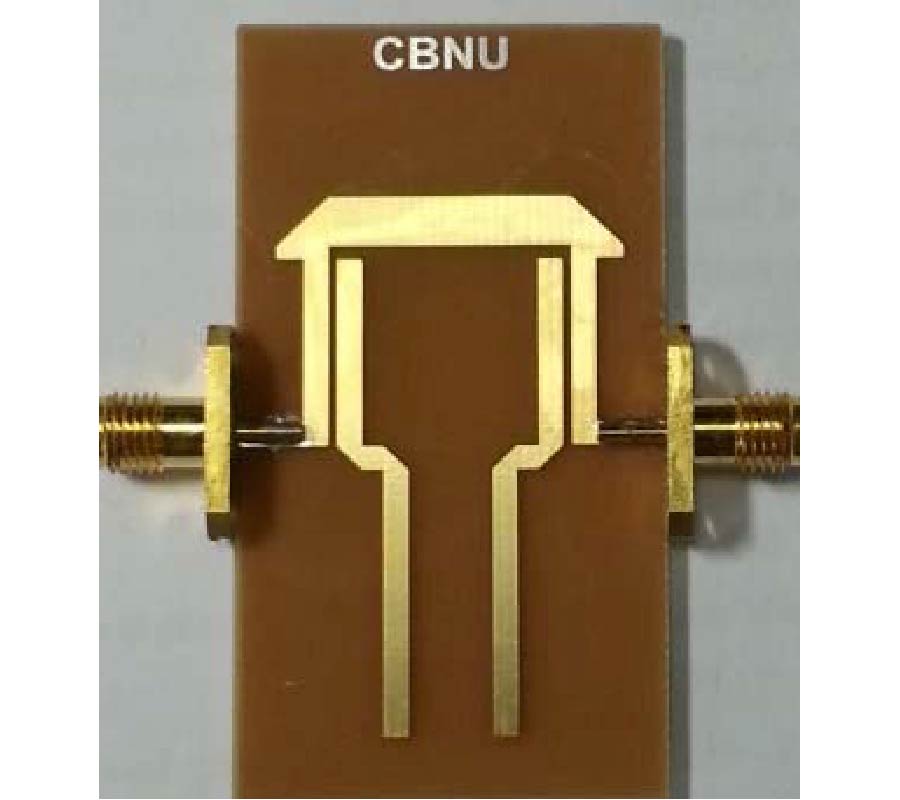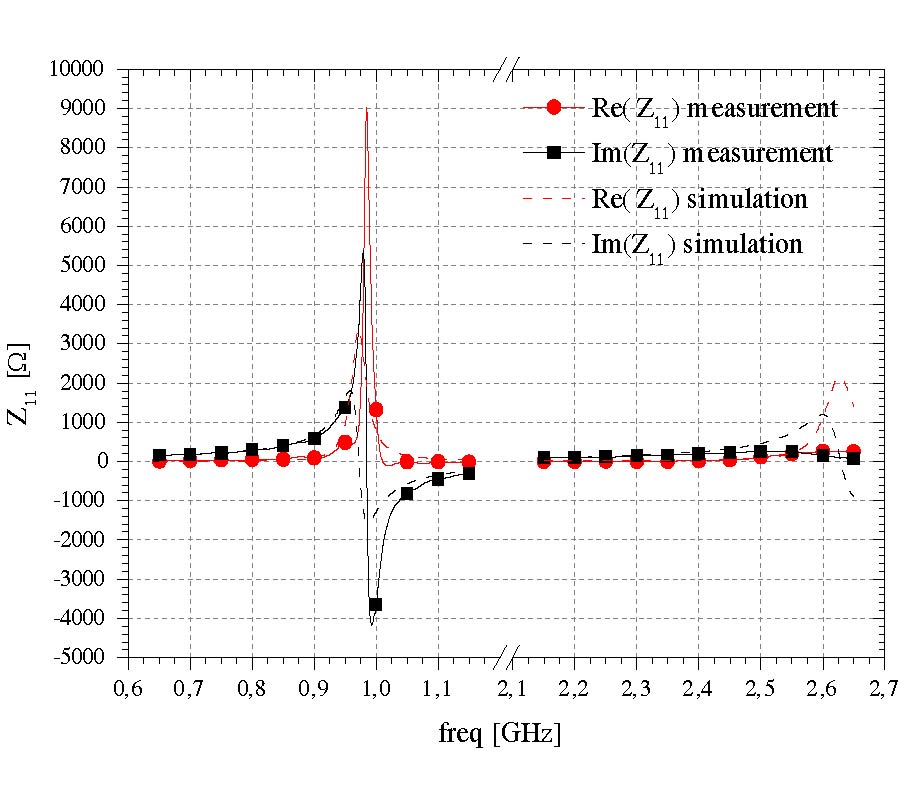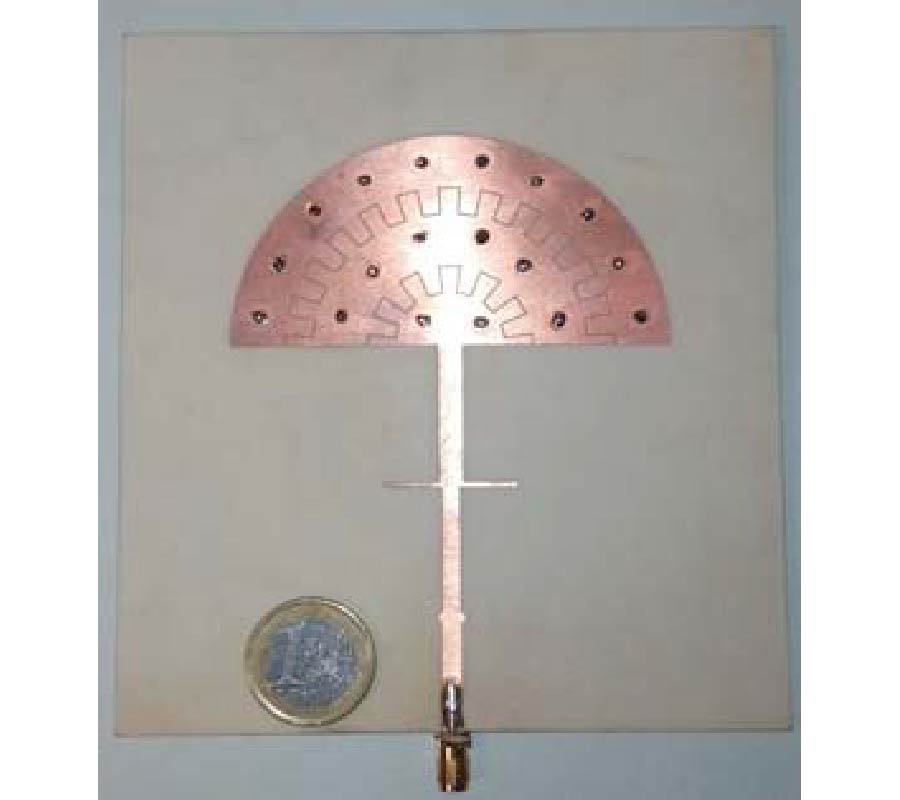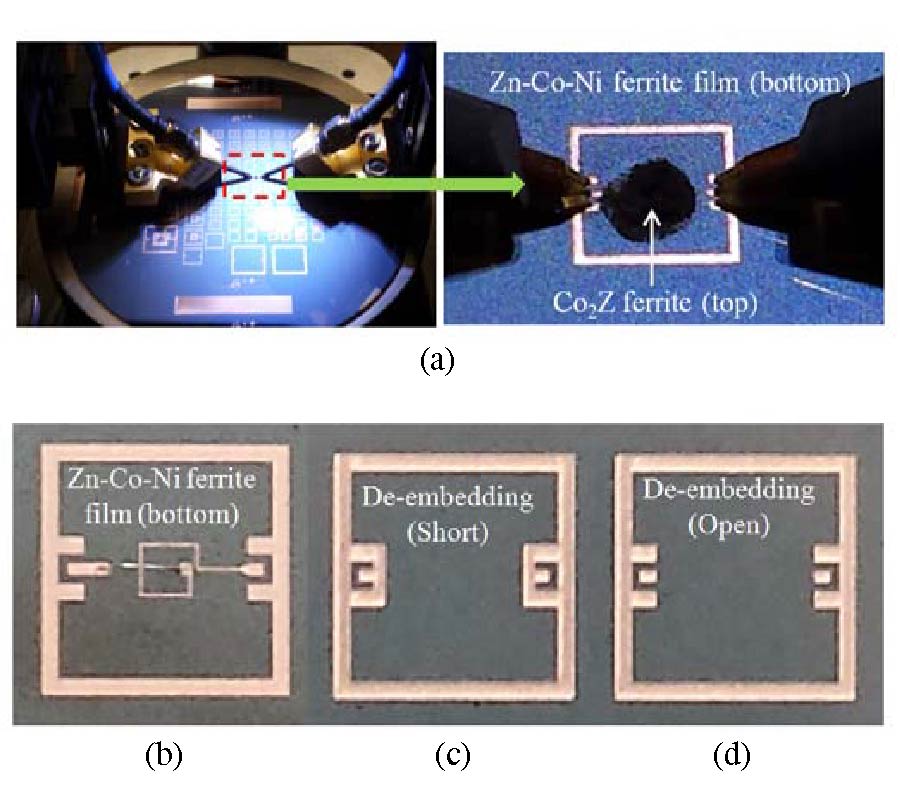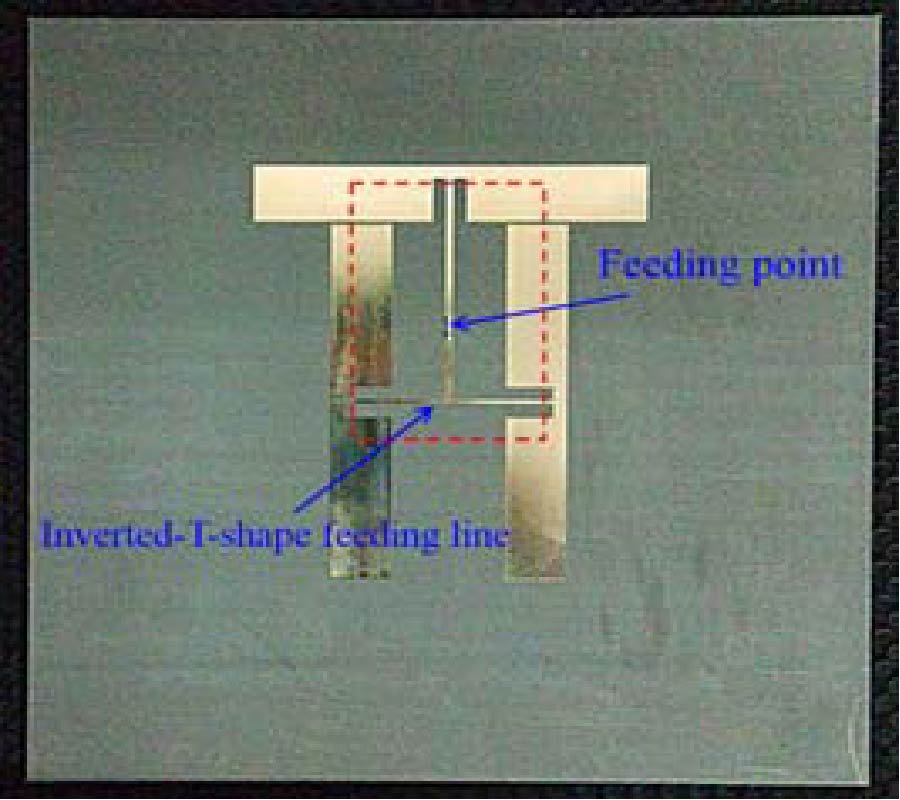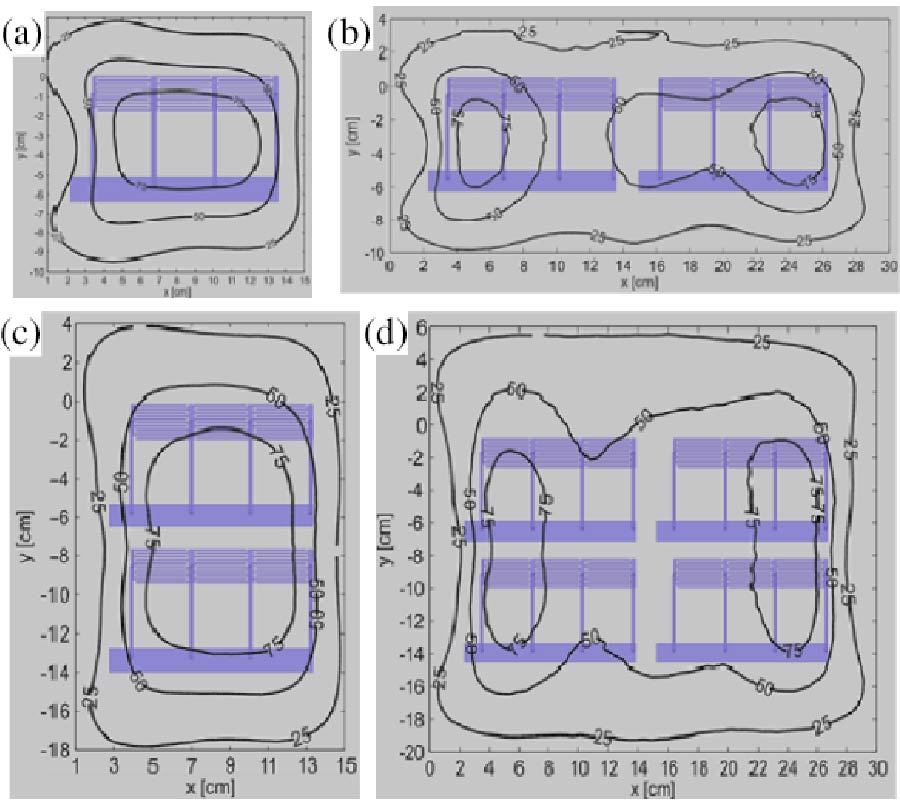Pathological Brain Detection by Artificial Intelligence in Magnetic Resonance Imaging Scanning (Invited Review)
Shuihua Wang
,
Yin Zhang
,
Tianmin Zhan
,
Preetha Phillips
,
Yudong Zhang
,
Ge Liu
,
Siyuan Lu
and
Xueyan Wu
(Aim) Pathological brain detection (PBD) systems aim to assist and even replace neuroradiologists to make decisions for patients. This review offers a comprehensive and quantitative comparison for PBD systems by artificial intelligence in magnetic resonance imaging (MRI) scanning. (Method) We first investigated four categories of brain diseases, including neoplastic disease, neurodegenerative disease, cerebrovascular disease, and inflammation. Next, we introduced important MRI techniques, such as the shimming, water and fat suppression, and three advanced imaging modalities (functional MRI, diffusion tensor imaging, and magnetic resonance spectroscopic imaging). Then, we discussed four image preprocessing techniques (image denoising, slice selection, brain extraction, spatial normalization, and intensity normalization), seven feature representation techniques (shape, moment, wavelet, statistics, entropy, gray level co-occurrence matrix, and Fourier transform), and two dimension reduction techniques (feature selection and feature extraction). Afterwards, we studied classification related methods: six learning models (decision tree, extreme learning machine, k-nearest neighbors, naive Bayes classifier, support vector machine, feed-forward neural network), five kernel functions (linear, homogeneous and inhomogeneous polynomial, radial basis function, and sigmoid), and three types of optimization methods (evolutionary algorithm, stochastic optimization, and swarm intelligence). (Results) We introduced three benchmark datasets and used Kfold stratified cross validation to avoid overfitting. We presented a detailed quantitative comparison among 44 state-of-the-art PBD algorithms and discussed their advantages and limitations. (Discussions) Artificial intelligence is now making stride in the PBD field and enjoys a fair amount of success. In the future, semi-supervised learning and transfer learning techniques may be potential breakthroughs to develop PBD systems.
